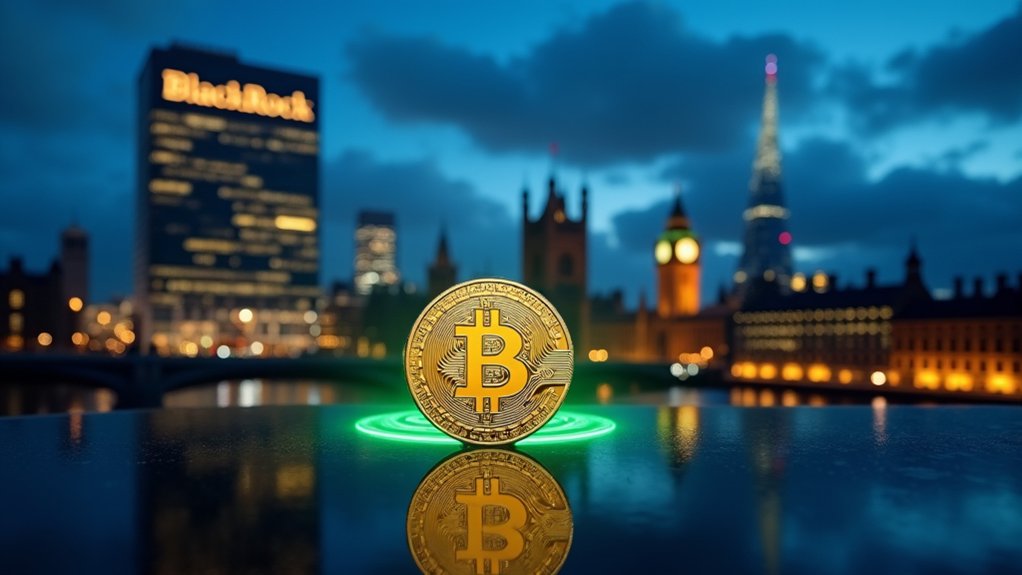How exactly does Bitcoin‘s claim to decentralization hold up more than a decade after its creation? The original vision promised a peer-to-peer electronic cash system free from centralized control. No banks. No governments. Just code and consensus. But reality has a way of complicating elegant theories.
Bitcoin’s decentralization exists on multiple levels—network nodes, mining, and governance. Thousands of nodes validate transactions worldwide, creating resilience through distribution. Anyone can run a node. In theory. But who actually does? Technical barriers exist. Not everyone has the expertise or resources to participate fully. Convenience wins, usually.
Mining tells a different story. Gone are the days when anyone with a laptop could mine Bitcoin. Now it’s industrial-scale operations with specialized hardware. Mining pools control massive hashrates. The Nakamoto coefficient—measuring how many entities it would take to control the system—doesn’t look great here. A handful of mining operations could potentially collude. Currently, four miners control approximately 80% of Bitcoin’s computing power. Not exactly the decentralized utopia early adopters imagined.
Then there’s the elephant in the room: centralized services. Most people don’t interact directly with the blockchain. They use exchanges. Custodial wallets. Third-party apps. These create massive centralization choke points. Coinbase, Binance, Block—they’re all businesses with headquarters, CEOs, and compliance departments. Hardly decentralized. The environmental cost is substantial too, with Bitcoin mining generating CO2 at levels comparable to entire countries’ emissions.
Governance remains complicated too. Core developers have outsized influence on protocol changes. Most nodes run their software. Their decisions shape Bitcoin’s future, for better or worse. The BTC core developers can fundamentally alter the blockchain protocol without guaranteeing backward compatibility, creating additional centralization risks.
The real question isn’t whether Wall Street or government ownership threatens Bitcoin’s decentralization. The threat comes from how we use it. When users opt for convenience over self-custody, when mining concentrates in fewer hands, when governance falls to a small group—that’s when decentralization suffers.
Bitcoin remains more decentralized than traditional finance. But it’s not the pure peer-to-peer system originally envisioned. It’s somewhere in between. And that middle ground keeps shifting.





